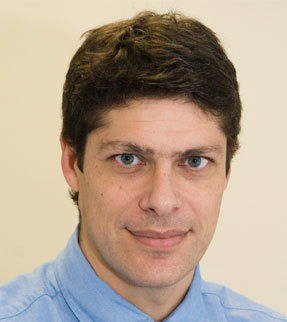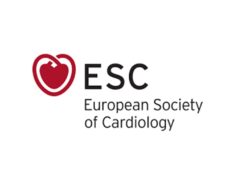
By Manuel Castella
Since time that the FAST trial1 was designed in 2007, up to now, there has not been clear evidence to indicate ablation treatments aside from the control of symptoms.2,3 Nevertheless, catheter ablation has expanded its indications thanks to increasing evidence that it is significantly more effective at maintaining sinus rhythm than drug therapy. The expanded indication of catheter ablation has been reflected in the 2011 ACC/AHA/ESC guidelines.3
Although catheter ablation has become a routine treatment for symptomatic atrial fibrillation, two questions arise. First, what is the efficacy to indicate this therapy in patients with left atrium dilatation or with a previous failed catheter ablation? In the FAST trial, two centres with great experience in catheter ablation showed poor results in this subgroup of patients, with 36% actual freedom of arrhythmia at one year.
Thoracoscopic surgery applies the same principles that are applied to catheter ablation to treat atrial fibrillation. Its main difference is that radiofrequency is applied through a bipolar clamp that produces a linear, transmural lesion at the antrum of the pulmonary veins. This avoids most of the dangerous complications in catheter ablation, such as oesophagus lesions or pulmonary vein stenosis. Other lines can be preformed to resemble the Cox-Maze lesion set, but these are made with monopolar radiofrequency; therefore, the possibility of gaps in the line or lack of transmurality exists as in catheter ablation.
Complications in patients in the surgical branch were high in the FAST trial. Interestingly, most of them were due to the essence of it being a new surgical procedure rather than to the technology applied, and therefore a certain learning curve must be appointed.
The agreement by the principal investigators were to start randomising patients after 10 surgeries and, indeed, our first randomised patient in Barcelona was our 11th case. But learning curves are not only about technique. Our anticoagulation protocol started on the third day after surgery. When a patient developed a haemianopsia due to an occipital ischaemic stroke at postoperative day three, we decided to anticoagulate six hours after surgery, and soon after a patient developed an important haemothorax. Our protocol changed to oral anticoagulation at postop day two and after that, we had no more haemorrhagic or ischaemic episodes in more than 50 patients. We are still in a learning process, like catheter ablation was several years ago, when in 2005 the worldwide survey presented a major complications rate of 5%.4
The second question not yet solved is the long-term efficacy of ablation therapy. A recent report with five-year follow-up by the Haissaguerre group has revealed that arrhythmia-free survival rates reaches 29% after a single catheter ablation procedure, and 63% with a mean of two procedures per patient.5 These are discouraging results for such invasive and expensive therapies. Still, we need to know what will be the long-term results with the more consisting surgery-produced ablation lines.
In our opinion and with the actual scientific evidence in hand, most patients with symptomatic paroxysmal or persistent atrial fibrillation refractory to antiarrhythmic therapy should undergo catheter ablation. But after one catheter ablation failure or with left atrium dilatation over 43mm to 45mm, patients would most probably benefit better by thoracoscopic surgery.
Manuel Castella, Department of Cardiovascular Surgery, Hospital Clinic, University of Barcelona, Spain, was a principal investigator in the FAST trial.
References
1. Boersma et al. Circulation 2011. In press
2. Calkins et al. Europace 2007; 9:335–79
3. Wann et al. Circulation 2011; 123:104–23
4. Cappato et al. Circulation 2005;111:1100–05
5. Weerasooriya et al. J Am Coll Cardiol 2011; 57: 160–66












